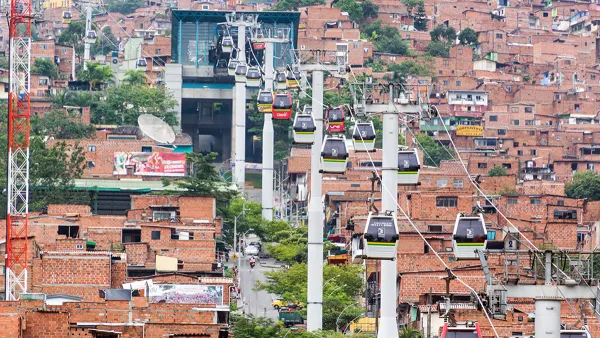Emily Badger examines the intersection of neuroscience and architecture, an emerging area of study that promises to produce environments that support and enhance our brain function.

Architects have long tried to divine how the spaces they design will be experienced by their users. Now, thanks in part to the work of the 10-year-old Academy of Neuroscience for Architecture, an emerging field of study is seeking to find scientific proof of the effects of the built environment on the human brain and nervous system.
Architects and scientists are just beginning to imagine the possibilities of such research, writes Badger. "If architects understood both fields, they might be able, in designing hospitals, schools, and homes for people with all manner of disabilities, to create places that would support the development of premature babies, the treatment of children with autism, the fostering of learning abilities of students."
"We are now really beginning to understand better how to measure the responses to the built environment," says Eduardo Macagno, professor of biological sciences at the University of California, San Diego, "without relying on psychology, social science, observational behavior."
"Those studies, he explains, 'don't have the quantitative and objective experimental approach that we believe neuroscience brings to the interface with architecture.'"
"Enriched environments might enhance the performance of the human brain, and the growth of new brain cells," says Badger. "Using color, lighting, and layout, though, architects may be able to design places to provide the sensory experiences that neuroscience demonstrates produce the best brain response."
FULL STORY: Corridors of the Mind

Analysis: Cybertruck Fatality Rate Far Exceeds That of Ford Pinto
The Tesla Cybertruck was recalled seven times last year.

National Parks Layoffs Will Cause Communities to Lose Billions
Thousands of essential park workers were laid off this week, just before the busy spring break season.

Retro-silient?: America’s First “Eco-burb,” The Woodlands Turns 50
A master-planned community north of Houston offers lessons on green infrastructure and resilient design, but falls short of its founder’s lofty affordability and walkability goals.

Test News Post 1
This is a summary

Analysis: Cybertruck Fatality Rate Far Exceeds That of Ford Pinto
The Tesla Cybertruck was recalled seven times last year.

Test News Headline 46
Test for the image on the front page.
Urban Design for Planners 1: Software Tools
This six-course series explores essential urban design concepts using open source software and equips planners with the tools they need to participate fully in the urban design process.
Planning for Universal Design
Learn the tools for implementing Universal Design in planning regulations.
EMC Planning Group, Inc.
Planetizen
Planetizen
Mpact (formerly Rail~Volution)
Great Falls Development Authority, Inc.
HUDs Office of Policy Development and Research
NYU Wagner Graduate School of Public Service



























